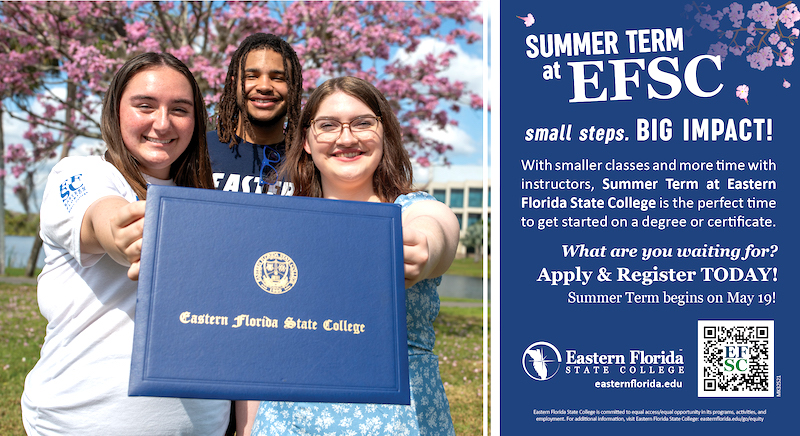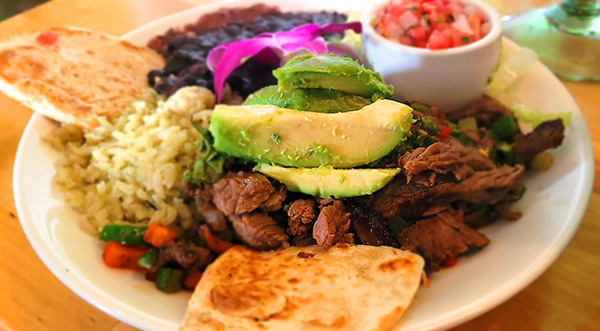5 Ways to Boost Critical Thinking Skills in Students
By Space Coast Daily // September 26, 2022

Critical thinking is an absolute must among the skills of a young person, and the earlier one starts to acquire it, the better for them. So do your best to hone this skill. It will have an immensely positive impact on many spheres, from daily decision making and solution finding to completing tasks in a narrowed area of your profession more efficiently.
In other words, it will let you work not ‘24 hours’ but with your brains, if you know what we mean. Critical thinking is an essential quality of a student, team leader, employer, consumer, – anybody.
The term is defined as processing information in such a way that allows the person to understand concepts and things better, realize how they fit into a bigger system, find practical applications of the knowledge and make the brightest decisions. This allows them not to take information at face value.
To find out how to achieve this, scroll down and see some proven methods we handpicked to share with you. Please, pay attention that these are the methods appropriate for adult age. Ways for kids to become critical thinkers are often different.
Encouraging Creativity Through 5 Simple and Enjoyable Techniques
1. Use retrieval practice.
This is a challenging but very useful practice to let students assess their progress and identify gaps. Its main idea is to give a task to write, describe orally, or draw the concepts they learned before.
As a rule, this is restricted to one particular topic or unit. Doing this activity is not supposed to be supervised or assessed by a teacher, – this helps adult learners see what they remember and where they have ‘white spots.’ Going back to the answers and reviewing what was missed is an essential follow-up.
2. Asking open-ended questions.
What can be a more obvious way to teach people to think out-of-the-box? Open-ended questions invite the addressees to think of millions of answer variations and are used for children of elementary school to adults. It lets them stay open to new things and reflect adequately.
Its big benefit is activating students’ background knowledge and empowering them to apply it in a specific situation. Whether in oral or written tasks like essays, in groups, or as a part of individual work, they make them find the truth. If not referring to prior knowledge or experience, they help to build new knowledge in the mode of ‘guided discovery’, as opposed to the traditional fact memorization and reproduction.
3. Encourage projects.
In PBL or Project Based Learning, learners break free of the classroom limits and go into the real world to solve one of its problems. It is effective in developing other higher order skills, critical thinking such as evaluation, analysis, and creation, and boosting collaboration and research.
The inner motivation and curiosity usually make students choose this or that concept or fact and make it a part of the solution. Hence, Project Based Learning is also a great way to motivate autonomous learning.
4. Ask to compare and contrast.
The task to compare often comes as an essay assignment. Even if students learn from purchasing ready essays from a critical thinking writing service, it’s okay because they have worthy samples and can take after expert writers.
In order to compare anything, students first need to form an attitude to the discussed concepts and figure them out. This method doesn’t necessarily have to end with a full-size essay: having conversations in small groups or pairs in class to compare things is as effective as written tasks.
This works just like project-based learning: it gives learners efficient practice in collecting and selecting information to have as their arguments and main point, checking their correctness and credibility, evaluating the most significant aspects for comparison, and exploring several points of view on concepts or issues and making conclusions based on evidence.
In addition to buying expert essays, free essay writing websites can serve this purpose well.
5. Doing Pro / Pro tasks.
Now, we do not claim that the good and old ‘Pros and Cons’ method is outdated. No, this is still a good idea for many classes and disciplines. However, letting learners go wild and find only positive things about a real or hypothetical idea or a standpoint might be interesting.
This teaches them to focus on one of the sides more profoundly. For instance, do this with popular things such as policies inside university groups or cafes. One good example is introducing a bad idea (at first sight), e.g. ‘Restaurants without seats’, and letting them find the pluses and ways for it to be a commercial success.
The number of creative prospects students will give you is unlimited, and it might include wild and unique ideas such as ‘serving food in the swimming pool’ or ‘dinners with a view.’
The last point is non-standard and especially makes sense for classrooms where not much time is devoted to a closer examination of concepts or groups that tend to discredit new ideas and their authors quickly. The Pro / Pro method shows how much use we can make from unconventional ideas if we take an approach of critical evaluation and thinking.
To recap it all, these are the 5 easy ways to be intentional and yet not obtrusive when pushing adult learners to maintain or improve their critical thinking skills and solve assignments in a way that brings more fruit and use, compared to cookie-cutter solutions that don’t make them think at all.












